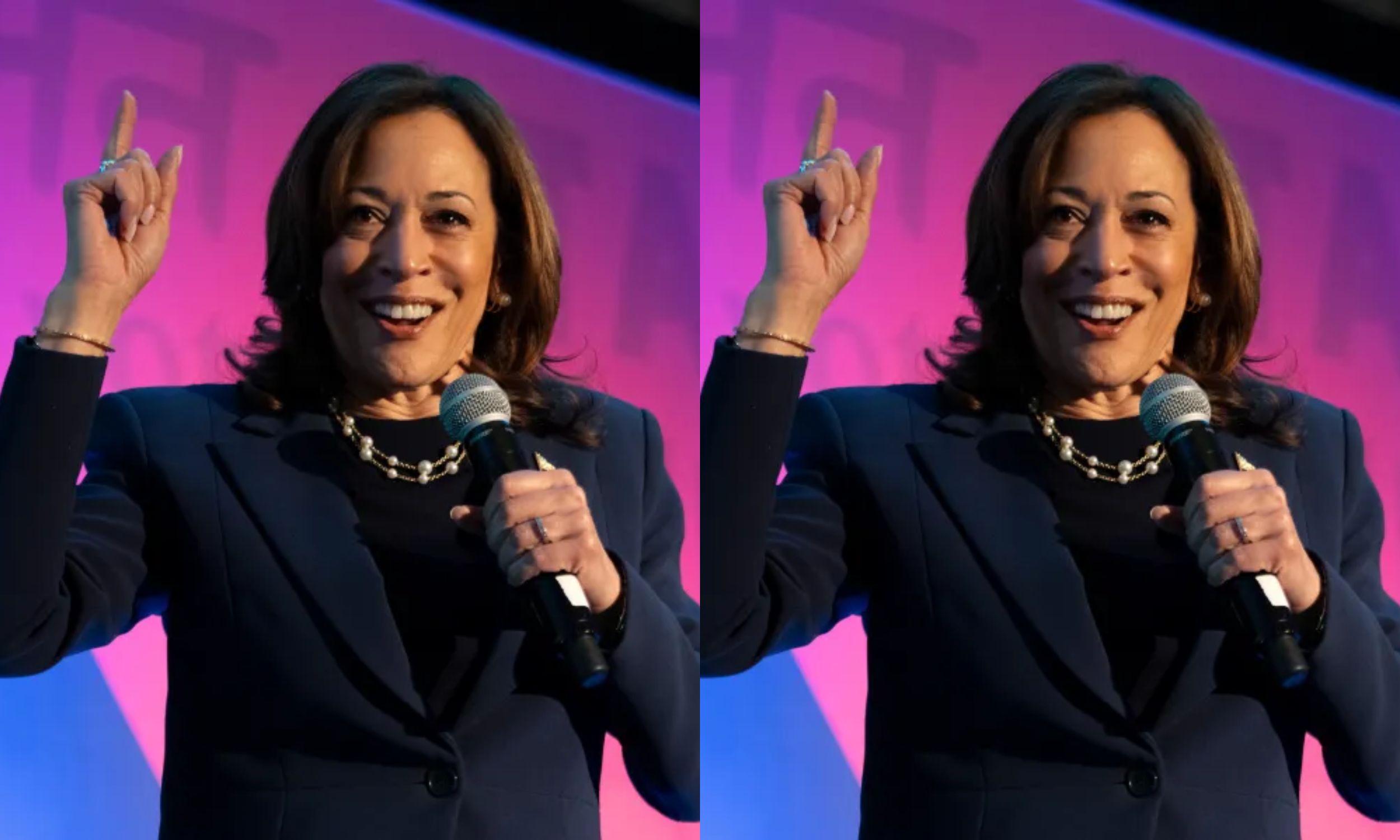With the Paris Olympics nearing their end, the excitement of the games is being rivaled by the intense developments in the 2024 presidential race. The upcoming Democratic National Convention in Chicago promises to bring a dramatic conclusion to a summer marked by high-stakes political drama and unexpected turns.
The summer began with Donald Trump’s unprecedented criminal charges, which paradoxically seemed to bolster his position within the GOP. Subsequently, President Biden’s revealing debate performance, Trump’s narrow escape from an assassination attempt, and a GOP convention in Milwaukee resembling a royal celebration further intensified the political landscape.

Biden made headlines by transferring his campaign leadership to Vice President Kamala Harris, a move that unsettled Trump by denying him the opportunity for a direct contest he had been anticipating since his 2020 loss. Democrats have now nominated Harris, despite her not winning any primary or caucus votes this year, highlighting Trump’s influence in unifying the party.
Harris’s nomination has revitalized support among younger Black and Hispanic voters and appeased disappointed donors, as evidenced by her raising over $300 million in July. She has reduced Trump’s lead in national polls and might be gaining ground in some key battleground states. Nevertheless, Democrats face a challenging path to victory in November.
U.S. voters are yet to fully gauge Harris, and current sentiments lean towards Trump and Republicans being better equipped to address pressing issues like living costs, immigration, crime, and foreign policy. Despite this, Trump’s limited appeal, reflected in his consistently low popular vote percentages, provides Democrats with a potential advantage.
In past elections, Trump’s strategy of mobilizing working-class voters in key states has yielded mixed results, with his 2016 victory contrasting sharply with Biden’s 2020 win, where Biden gained a broader anti-Trump coalition.
Harris faces serious challenges, including a large deficit among working-class voters. To overcome this, she needs to bridge gaps with Hispanic and Black men and strengthen support among independents. Her choice of Minnesota Gov. Tim Walz as running mate aims to address these issues, though Minnesota’s non-swing status raises questions about his impact in pivotal states like Pennsylvania, Michigan, and Wisconsin.
A recent Progressive Policy Institute survey revealed that many working-class voters feel Democrats have shifted too far left, while fewer believe Republicans have moved too far right. At the Democratic convention, Harris and Walz must present innovative policies to appeal to these voters rather than solely energizing their base.
Issues like abortion, where most working-class voters support legality in most cases, present opportunities for Democrats to challenge Trump’s positions. Additionally, pragmatic energy policies and a balanced approach to foreign policy could sway working-class voters.
Despite some ambivalence towards international leadership, many still support U.S. military aid to Ukraine and NATO involvement, indicating that Trump’s isolationist rhetoric may not resonate broadly. Addressing these key issues and positioning themselves strategically will be crucial for Harris and Walz in shaping a compelling case against Trump and rallying the anti-Trump majority.


